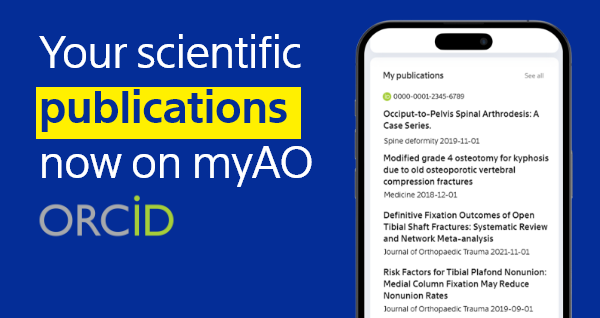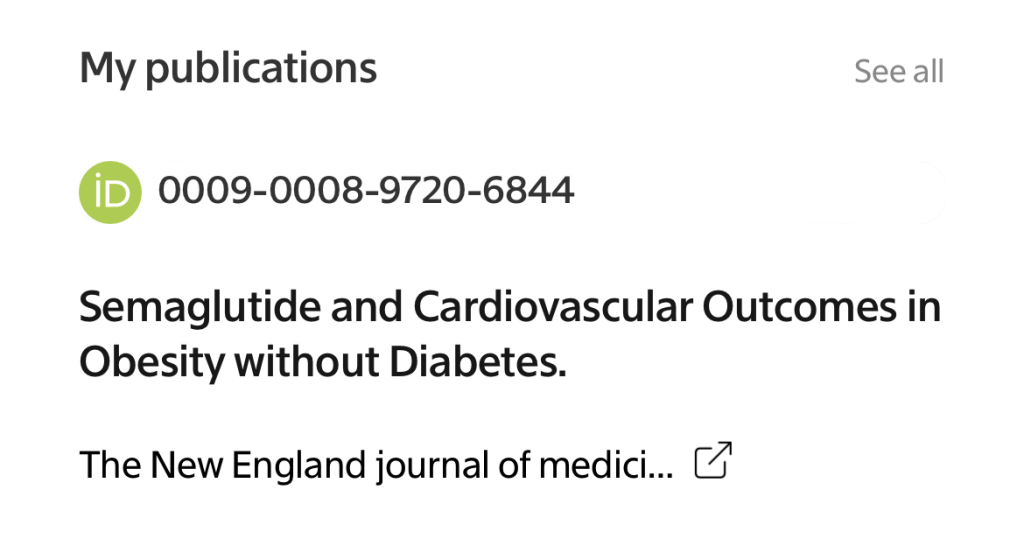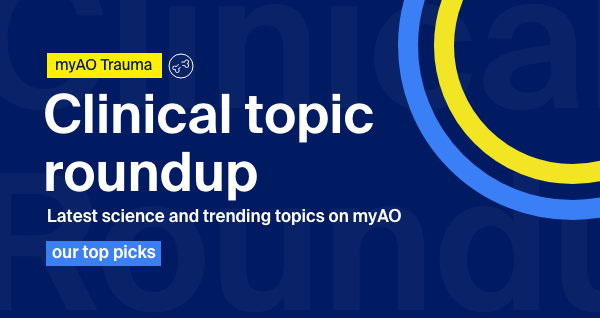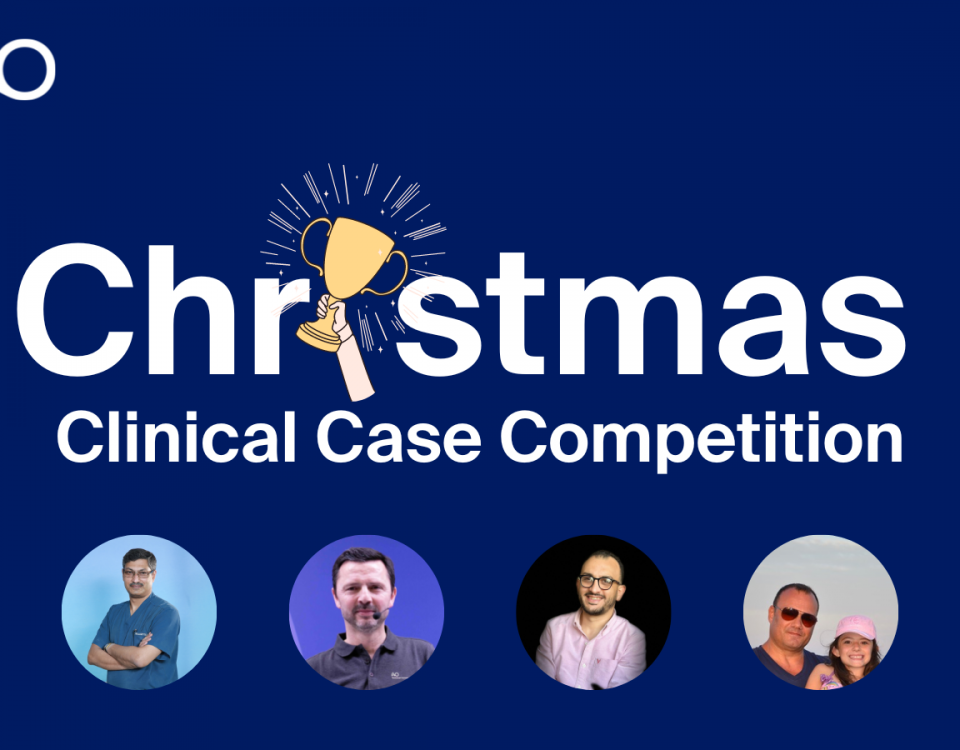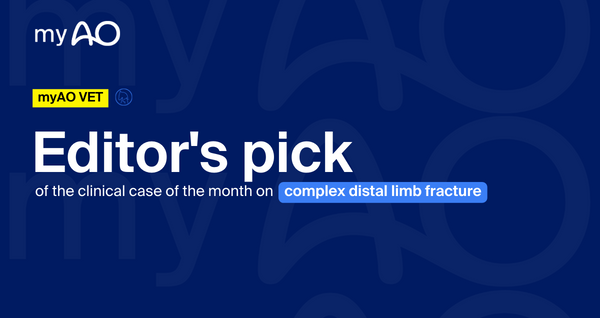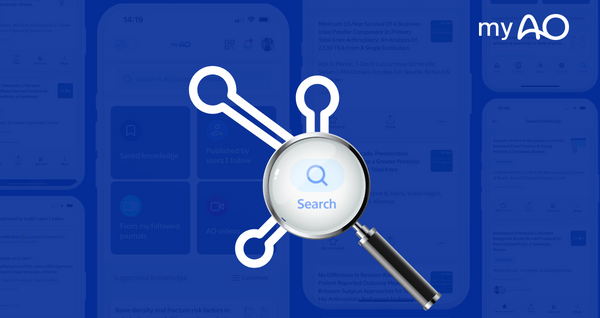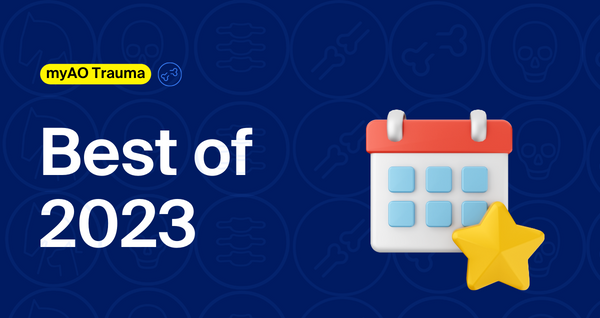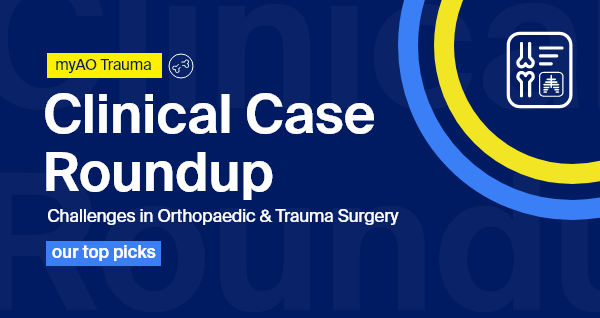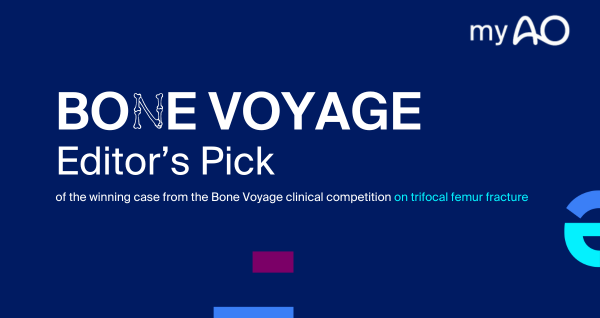Orthopedic Trauma and Reconstruction
March 2022
Innovation translation at the AO and its AO Innovation Translation Center (AO ITC) encompasses the conception, strategic evaluation, and development of clinical solutions in collaboration with industrial partners. It includes proof-of-concept work with innovators, valorization of new technologies and techniques and clinical evidence creation to prove the added value of new solutions. Strategic investments in intellectual property, technology, and companies are also part of AO ITC's mandate.February 2023
December 2022 saw the first ever Case Competition on myAO. Surgeons from across the 5 specialties of the AO network shared interesting cases to be reviewed and discussed with their peers on myAO groups.- Treatment of complex distal limb fracture For this month’s Editor’s Pick, our editorial team has selected a complex distal limb fracture case posted by Mark Owen (FRCVS) in […]
- On the road to more relevant knowledge recommendations Content is King Surgeon’s continuous updating of knowledge and technology is the embodiment and requirement of professionalism. This statement […]
- The very best of myAO in 2023Hi there, As we approach the closing days of 2023, it’s time for a reflection on what resonated most with our […]
April 2023
Crush injuries of the hand can present with wide variety of patterns and generally involve multiple tissues. Patients with severe crush injury can develop compartment syndrome.October 2021
Children and adolescents present a unique challenge in trauma care because they are so different from adults. The risks to injured children and adolescents can be significantly reduced with the provision of appropriate care. Besides access to two new AO Surgery Reference modules on Pediatric Trauma, myAO is offering you the following exclusive selection of "knowledge gems" around Pediatric Fracture Management.- myAO Trauma Editor’s Pick on trifocal femur fracture In this month’s Editor’s Pick, myAO is featuring the winning case of the Bone Voyage competition. We thank all the competition […]

